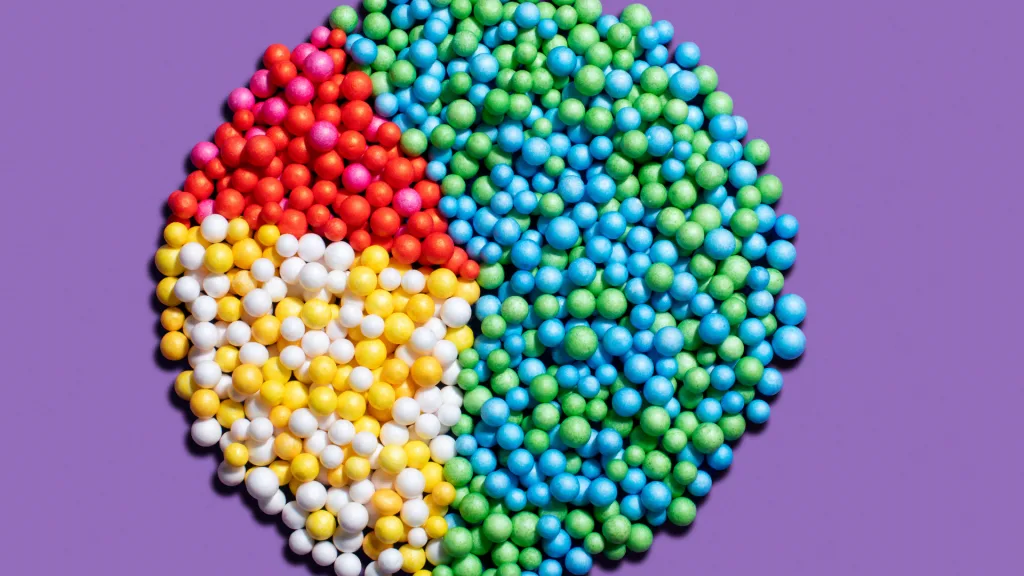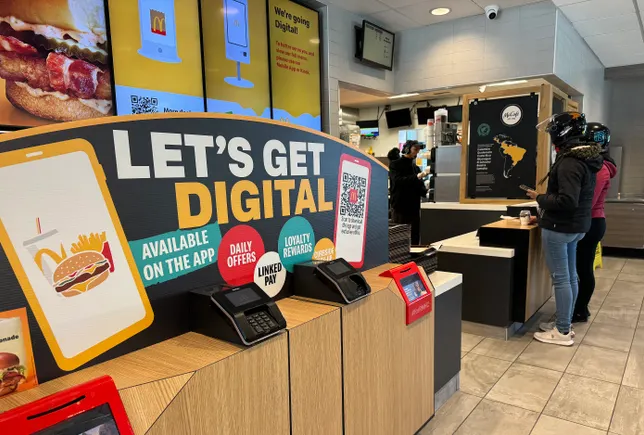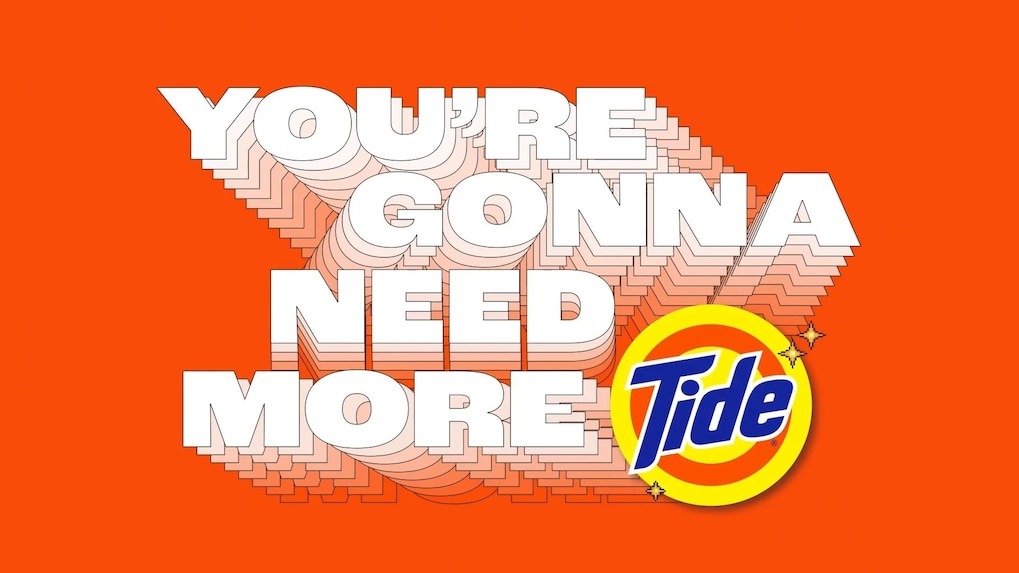As the 2025 NewFronts unfolded, one message echoed across the digital skyline: the age of automation and AI is here, and it’s reshaping the landscape of programmatic advertising. The event, marked by presentations from industry giants like Google and Yahoo, showcased a future where demand-side platforms (DSPs) are not only smarter but also more agile and performance-focused.
The Rise of Automated Media Planning
Marketers are now poised to leverage AI-driven tools that can craft connected TV ad packages with unprecedented ease. With just a few keystrokes, advertisers can now generate comprehensive ad strategies that are tailored to specific audiences. These advancements are not merely about convenience; they promise a level of precision and efficiency that was previously unimaginable.
Smarter, Faster, and More Performance-Driven
The evolution of DSPs is steering the industry towards more intelligent media planning. Automated bidding systems are at the forefront, offering improved return on ad spend (ROAS) without the need for constant human intervention. This evolution signifies a shift in the role of marketers, from manual planners to strategic decision-makers who can focus on creative and high-level strategies.
Key Innovations Unveiled
– AI-Powered Ad Packages : Companies demonstrated AI capabilities that allow for the rapid assembly of ad packages. This technology minimizes the time and effort required to reach target demographics effectively.
– Automated Bidding Systems : By utilizing data analytics and machine learning, these systems optimize bids in real-time, ensuring maximum efficiency and effectiveness of ad budgets.
– Enhanced Performance Metrics : The new tools offer deep insights into campaign performance, allowing marketers to adjust strategies dynamically and achieve better outcomes.
The New Power Players in the Upfront Ecosystem
Google and Yahoo, among others, are positioning themselves as leaders in this new era. By integrating advanced AI technologies into their platforms, they are not just keeping pace with the changes but are actively shaping them. Their role as facilitators of smarter media planning underscores their influence in the digital advertising ecosystem.
Implications for Marketers
For marketers, these advancements mean a shift in focus from operational tasks to strategic oversight. The ability to rely on AI for routine processes allows for more time to be spent on crafting creative content and refining brand messaging. The need for adaptability has never been more critical, as the tools and techniques of yesterday rapidly become obsolete.
Looking Ahead
As 2025 progresses, the integration of AI and automation in advertising will only deepen. The NewFronts served as a reminder that the future of marketing lies not just in understanding technology but in embracing it as a core component of strategy. Companies that can harness these tools effectively will find themselves at the forefront of the industry’s next wave of innovation.
Stay updated with the latest in marketing technology by following martechtrend.com.
Note: This article is inspired by content from https://adage.com/events-awards/newfronts/aa-ai-adtech-newfronts/. It has been rephrased for originality. Images are credited to the original source.












Leave a Reply